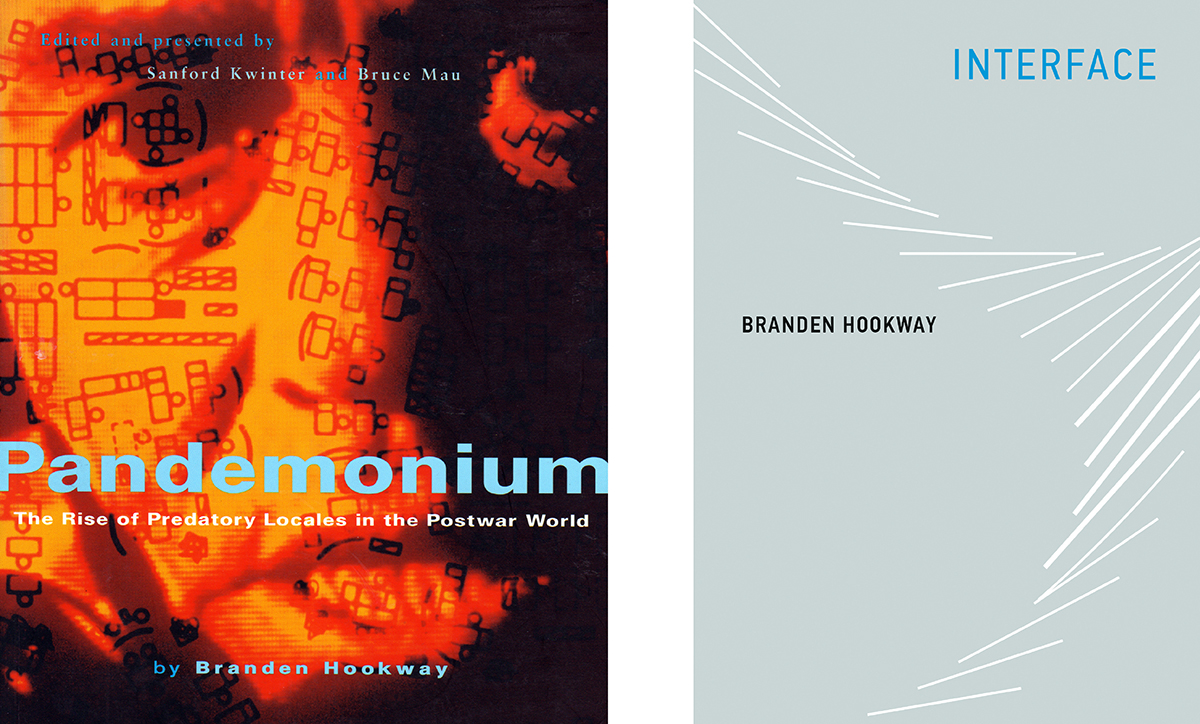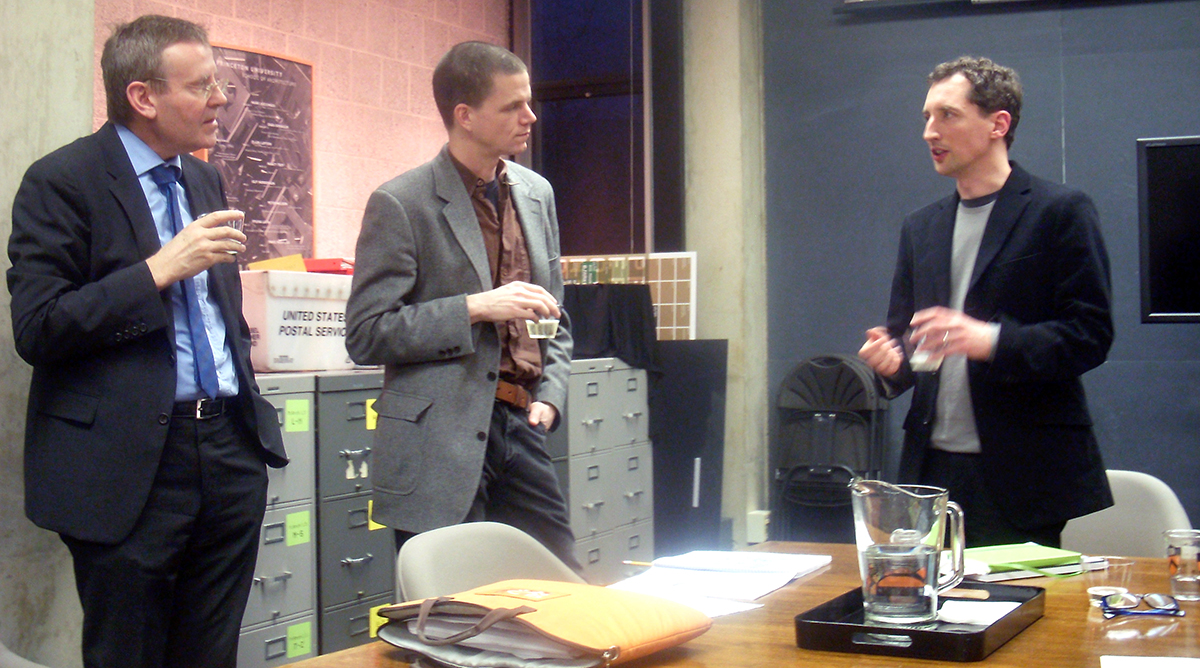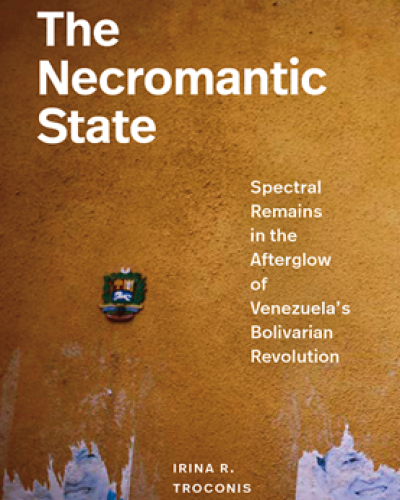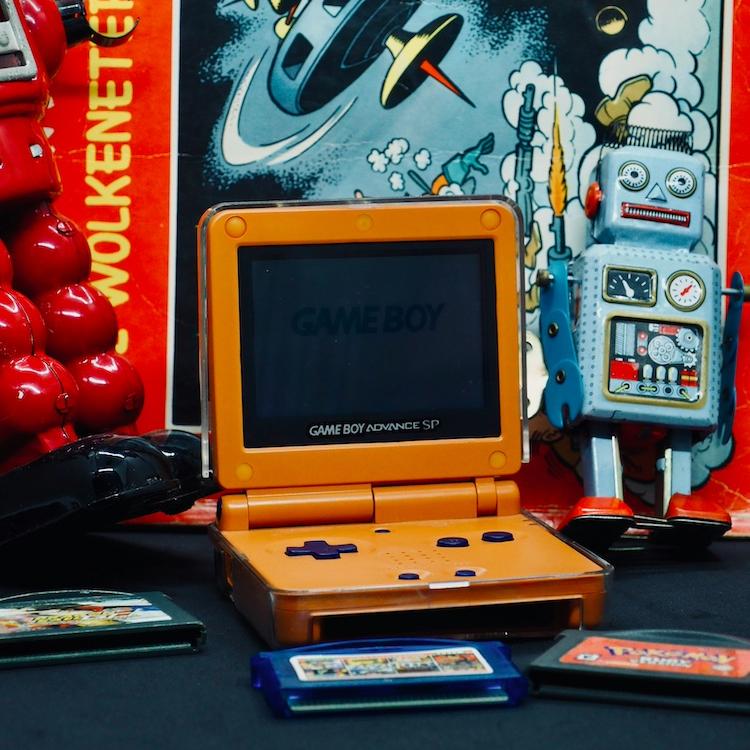Branden Hookway, a long-term visiting assistant professor in the Department of Architecture, among other departments at Cornell [Design and Environmental Analysis (DE+A), Information Science, and Art], passed away the evening of Saturday, August 14, 2021 in Palo Alto, California after a long battle with a rare form of sarcoma.
Born in 1971 and raised in Ohio, Hookway was a dedicated scholar, designer, artist, and educator who focused much of his research and teaching on presenting the history and theory of architecture as a means of orientation to the present. In her message to the AAP community, Dean Meejin Yoon shared, "His scholarship and design research on the history of technology was original, inventive, and insightful, and his openness to finding synergies inside and outside of architecture was his gift to the discipline."
At AAP, Hookway taught graduate and undergraduate design studios as well as seminars and lecture courses on history, theory, and design, including courses on postwar architecture, the history of technology, the history and theory of interiors, design methods, drawing and graphic design, and art theory. He is the author of two books, Interface (MIT Press, 2014) and Pandemonium: The Rise of Predatory Locales in the Post War World (Princeton Architectural Press, 1999). Hookway is remembered by his colleagues, students, and mentors for his genuine curiosity about the world and openness that drew unique parallels between people, ideas, and experience with thoughtfulness and care.

Above: cover designs for Pandemonium: The Rise of Predatory Locales in the Post War World (Princeton Architectural Press, 1999) and Interface (MIT Press, 2014). images / provided
"Anyone who knew Branden personally is mourning a singularly sincere and good-hearted friend. But this kind, gentle soul wields a razor-sharp intellect," says Associate Professor of Architecture Lily Chi, a colleague, and friend at AAP. "It is doubly tragic that we have lost Branden's brilliant voice at a time when the conditions that he thought and wrote about most demand our critical engagement. Branden's last book, Interface, brings a unique spatial reading to a compelling array of tools, machinic and cerebral, that map our complex relationship to technology. Branden's absence is sorely felt, but his voice remains vital."
About Pandemonium, Harvard GSD Dean and mentor Sarah Whiting commented, "It presaged the levels of control that are now prevalent with digital technologies, and did so by situating this issue historically and then teasing apart and furthering its profound repercussions for design. I'm a bit surprised to learn that he thought of me as a mentor, for I feel that I learned far more from him than vice versa."
Professor Emerita Sheila Danko was chair of D+EA when Hookway taught design history classes where students merged precedent with invention in their design thinking and studio work. Danko remembers, "Hookway taught design history as a broad continuum of human-centered impact from furniture and products to spatial interventions on multiple scales and across multiple fields of application. His commitment to design as a social and artistic endeavor enabled students to reframe their future design efforts as a way to maximize human potential and uplift the human spirit."
Former student, Sophie Galowitz (B.F.A. '20) shares, "Branden had a uniquely engaged and present way of being with us. He brought a genuine kindness and curiosity about his students and our ideas, which was incredibly empowering. Branden nurtured in us a lasting and valuable balance between engaging with texts, our own creativity, and a respect for the creativity of our peers."
In the Department of Information Science at Cornell, Hookway lent a critical voice that could distill complexity and inspire imagination. "Branden was not just working on fascinating topics, he was also a truly kind person, with a real heart for the work and for others," says colleague Phoebe Senger, Associate Professor of Information Science and Science and Technology Studies. "His courses taught students to think carefully and critically about the role of computational design in our world. His historical emphasis reminds us that there are many ways for technology to be, and that we do not have to accept the current moment as the only possibility."

Above from left: Professor and Dean Emeritus at Columbia GSAPP Mark Wigley ; Professor of Media, Culture, and Communication at NYU Alexander Galloway; Branden Hookway at his doctoral dissertation defense at Princeton University (2011). photo / provided
Hookway held a Ph.D. in the history and theory of architecture from Princeton University, a Master of Architecture from Rice University, and an undergraduate degree in art with a minor in Humanities from Valparaiso University.
On working with Hookway at Rice University, Michael Bell, Professor of Architecture at Columbia GSAPP shares, "Branden's willingness to be a passenger to ideas made him an amazing student from the day he arrived at Rice. Knowing him was like becoming a witness; I've always recalled that I felt like I was standing beside him faced with contradictory evidence that left us quasi-stranded. I cannot recall him making big claims even as he clearly made important work and huge contributions. He was more the discoverer and ultimately humble, as what he refined and made visible he would never artificially complete. I wish I'd asked him more questions because he was so intensely asking them (to) himself. What an amazing thing to know and work with him."
"I first crossed paths with Branden in graduate school and knew him to be a brilliant mind with many accolades as well as someone who cared greatly about the content and significance of his work in the contemporary contexts of technology and politics," says Caroline O'Donnell, chair of the department of architecture at AAP. "When we reconnected at Cornell years later, I saw that genuine care translated into other forms that together created a rare triangulation of clarity and conscientiousness in his scholarship, kindness and support of his loved ones, and a real commitment to treating his peers and students with regard and respect."
Beatriz Colomina, Howard Crosby Butler Professor of the History of Architecture at Princeton University, was Hookway's advisor for his doctoral dissertation that focused on developing a cultural history of the airplane cockpit — a topic that informed Interface and drove his most recent research.
"It was a real privilege to rethink architecture with Branden," recalls Colomina. "So innovative, so bright, so warm. Interface is a hugely important book for the field of architecture but also for so many other fields. It flowed directly from his dissertation, which was immediately picked up by the eagle eye of MIT press. More importantly, it flowed from his unique spirit — insightful, philosophical, generous. Above all, Branden had a sense of our time. He was, and will always remain, our teacher on the technological world we live in, all the cockpits we unconsciously occupy."
Hookway was a husband for 14 years to AAP Associate Professor of Art, Maria Park, who expresses her gratitude for the time they had to share their lives and collaborate in many ways; for the efforts of all who guided their family along their path to now; and for his having been a constant support and model of grace, humor, gentleness, and courage for their two children, Lucy and Joseph.
A full obituary can be found here Opens an external link.
Contact
AAP Communications
aapcommunications@cornell.edu






